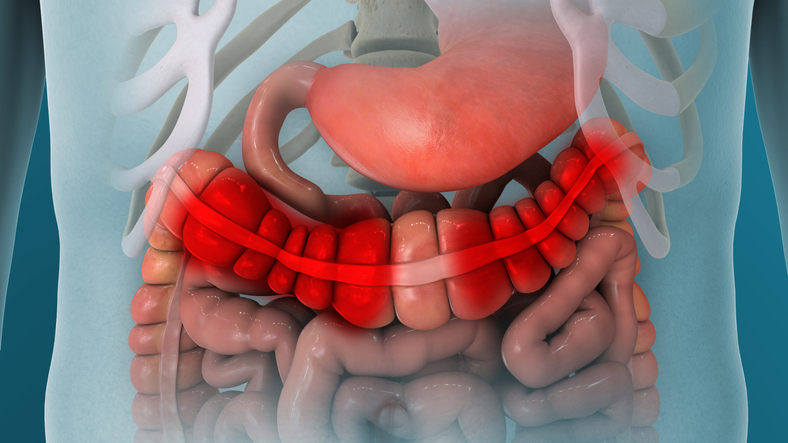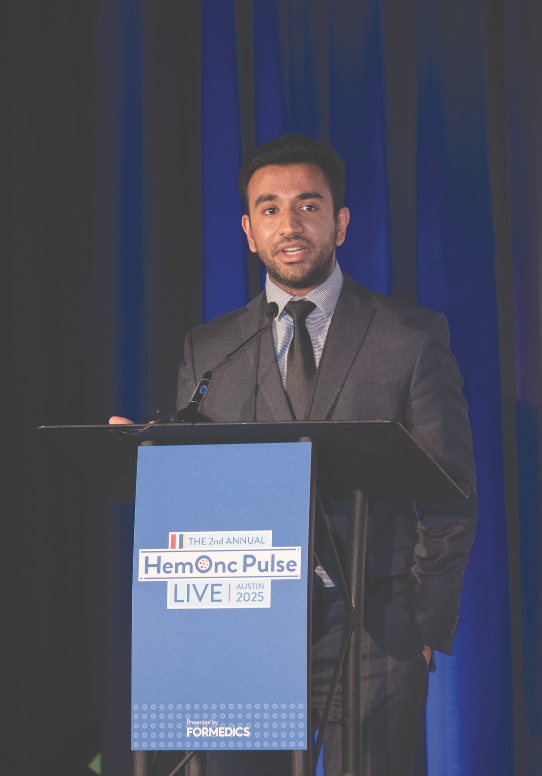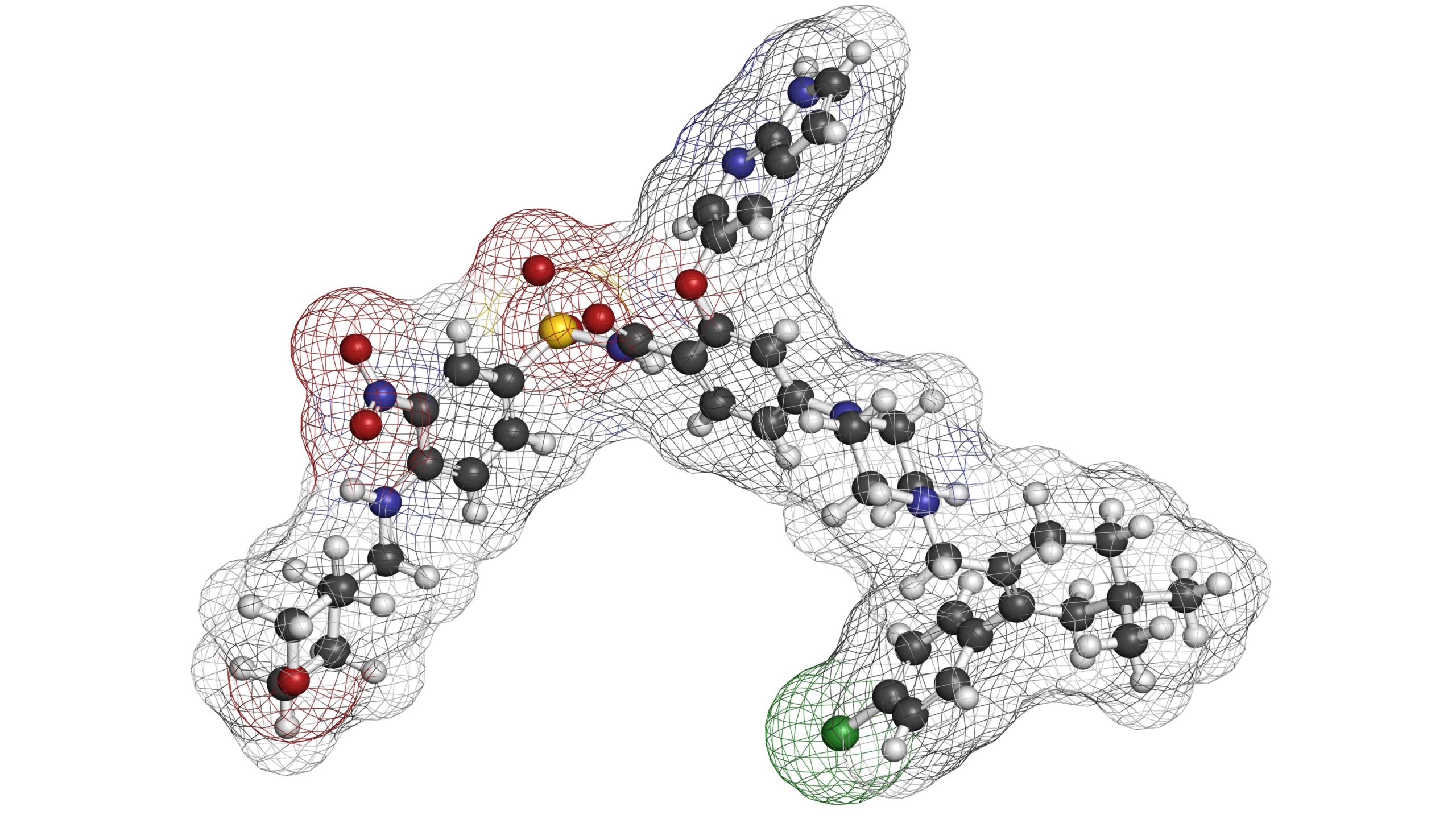
There was no difference in efficacy between guadecitabine and a preselected treatment choice in the overall population of patients with acute myeloid leukemia (AML) included in a phase III study. However, the new hypomethylating agent was associated with longer survival under certain circumstances.
Pierre Fenaux, MD, PhD, of the Hôpital St. Louis in France, and colleagues conducted the study and published their findings in Blood Advances.
The study included 815 patients with AML who were “unfit to receive intensive induction chemotherapy,” the study’s authors wrote. Half of the patients had a poor Eastern Cooperative Oncology Group Performance Status of two to three. The researchers assigned patients to receive the new hypomethylating agent (n=408) or a preselected treatment choice (n=407) of azacitidine, decitabine, or low-dose cytarabine.
Complete remission (CR) and overall survival (OS) were the coprimary endpoints of the study.
The CR rate was 19% in patients receiving guadecitabine, similar to the CR rate of 17% in those receiving a preselected treatment choice (P=.48). The median OS was 7.1 months in patients receiving guadecitabine, slightly lower than the median OS of 8.5 months in those receiving a preselected treatment choice (hazard ratio [HR], 0.97; 95% CI, 0.83-1.14; stratified log-rank P=.73).
The one-year survival estimate was 37% in patients receiving guadecitabine and was 36% in those receiving a preselected treatment choice. The two-year survival estimate was 18% in patients receiving guadecitabine, slightly higher than the estimate of 14% in those receiving a preselected treatment choice.
However, nearly half (42%) of patients in the entire study received less than four cycles of treatment and the researchers performed a post hoc analysis of patients who received at least four cycles of treatment. The analysis showed that in patients who received at least four cycles of treatment, guadecitabine was associated with longer median survival (15.6 months) than the preselected treatment choice (13 months; HR, 0.78; 95% CI, 0.64-0.96; log-rank P=.02).
Adverse events (AEs) of grade three or higher occurred in 92% of patients receiving guadecitabine and in 88% of those receiving a preselected treatment choice. However, febrile neutropenia, neutropenia, and pneumonia AEs of grade three or higher were more common in patients receiving guadecitabine.
“In conclusion, no significant difference was observed in the efficacy of guadecitabine and [the preselected treatment choice] in the overall population,” Dr. Fenaux and colleagues concluded.
Reference
Fenaux P, Gobbi M, Kropf PL, et al. Guadecitabine vs treatment choice in newly diagnosed acute myeloid leukemia: a global phase 3 randomized study. Blood Adv. 2023;7(17):5027-5037. doi:10.1182/bloodadvances.2023010179






 © 2025 Mashup Media, LLC, a Formedics Property. All Rights Reserved.
© 2025 Mashup Media, LLC, a Formedics Property. All Rights Reserved.